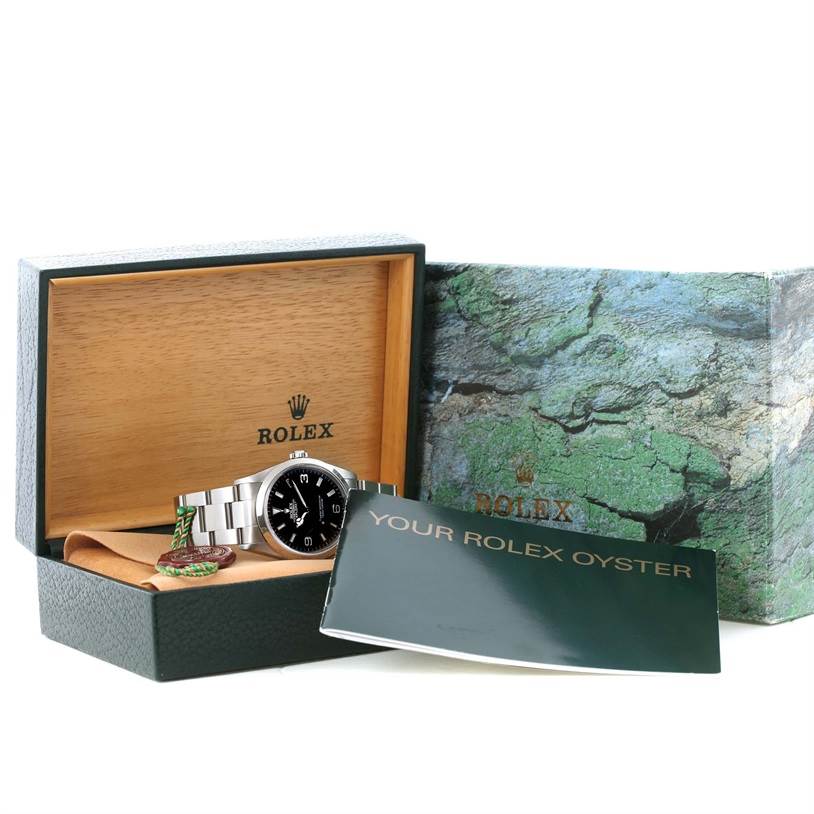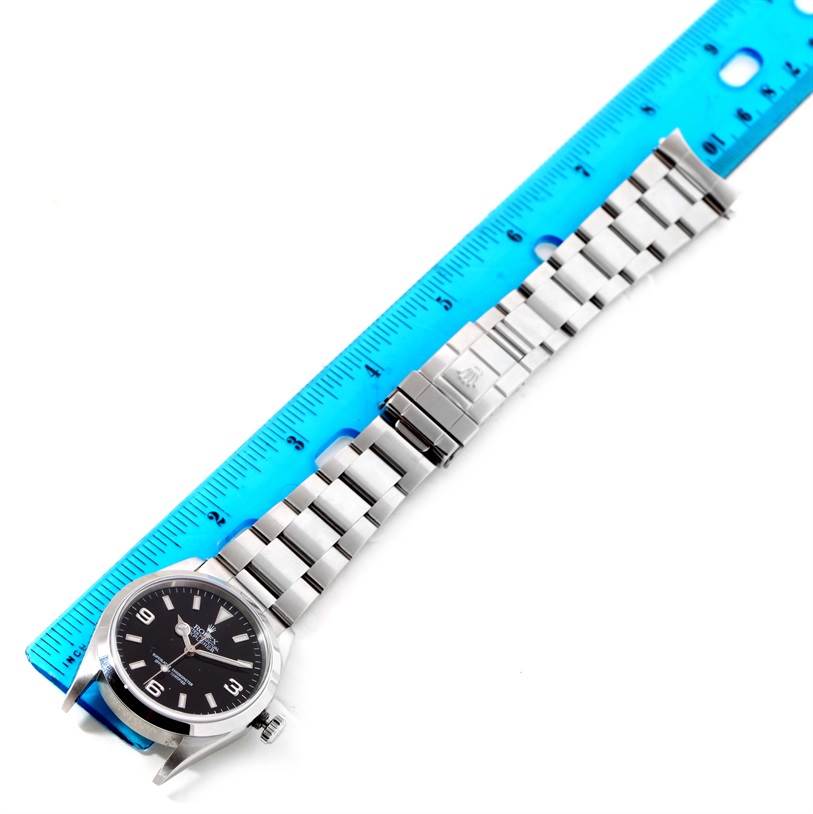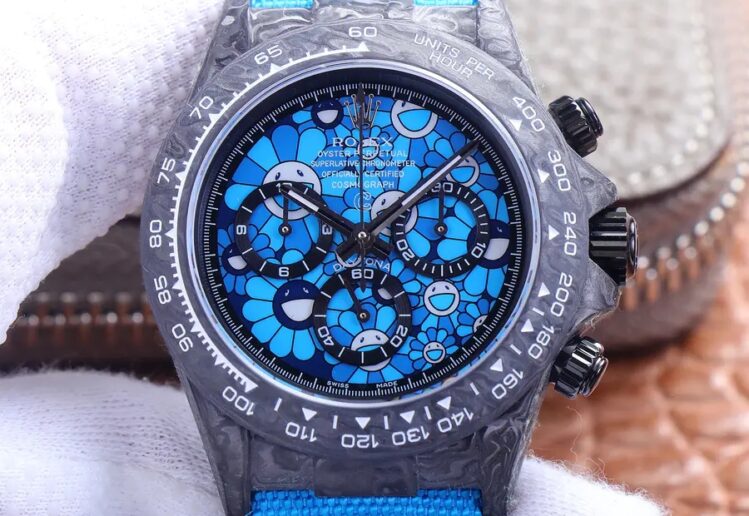Few watches stir as much reverence among collectors as the Rolex Explorer 1016. Dubbed “The Last Real Rolex” by enthusiasts, this unassuming model embodies an era when functionality eclipsed opulence – a stark contrast to today’s luxury-driven market. Yet, despite its cult status, even its staunchest admirers concede it often plays second fiddle to the iconic GMT-Master in popularity. What makes this understated watch so compelling, and why does it linger in the shadow of its flashier sibling?

Born in 1960 and produced for nearly three decades, the Explorer 1016 emerged during a transformative period for Rolex. The Swiss marque, while respected, had yet to ascend to its current zenith as a cultural and financial titan. The mid-20th century fake watch industry was a battleground of pragmatism, where brands like OMEGA, Heuer, and Doxa competed to craft rugged instruments for adventurers, divers, and explorers. Rolex’s offerings, though impeccably engineered, were tools first – built to endure extreme conditions rather than dazzle at boardroom meetings.
The 1016 distilled this ethos into its DNA. Cloaked in a modest 36mm case, its design prioritized utility over ornamentation. The matte black dial, devoid of superfluous details, featured stark Arabic numerals at 3, 6, and 9, coated in tritium for legibility in the dark. Protected by an acrylic crystal and powered by the robust Caliber 1560 (later upgraded to the 1570), it was a paragon of reliability. No date complication interrupted its clean face; no polished accents hinted at luxury. This was a watch for scaling mountains, not impressing peers – a fact underscored by its origins.
Rolex’s association with exploration took root in 1953, when Sir Edmund Hillary and Tenzing Norgay summited Everest equipped with Oyster Perpetual prototypes. The achievement became a cornerstone of the brand’s identity, culminating in the Explorer line’s debut later that year. The Rolex 1016, however, refined this legacy. Its understated design echoed the raw challenges of high-altitude climbs, while its technical prowess – a COSC-certified movement, screw-down crown, and water-resistant case – proved indispensable to adventurers.
By 1989, however, the winds shifted. Rolex retired the 1016, ushering in an era of sapphire crystals, glossy dials, and white gold indices. The clone Rolex Explorer 14270 that followed, though sleeker, bore the fingerprints of corporate strategy – a reflection of evolving consumer tastes that prioritized status over substance. For purists, this marked the end of an era. The 1016 stood as the final bastion of Rolex’s mechanical purity, a relic untainted by the allure of luxury branding.

Today, the 1016’s allure lies in its quiet defiance. It whispers of frostbitten peaks and uncharted terrains, a time when a watch’s worth was measured in grit, not gold. Yet, its charm remains niche. Collectors extol its virtues but often reach for the Rolex GMT-Master – a symbol of jet-setting glamour – when adding to their vaults. The 1016’s legacy, then, is bittersweet: a masterpiece revered in theory, yet overshadowed in practice. It endures not as a trophy, but as a testament to an age when a Rolex was less about what it signified and more about what it could do – a philosophy as rare and precious as the watch itself.
